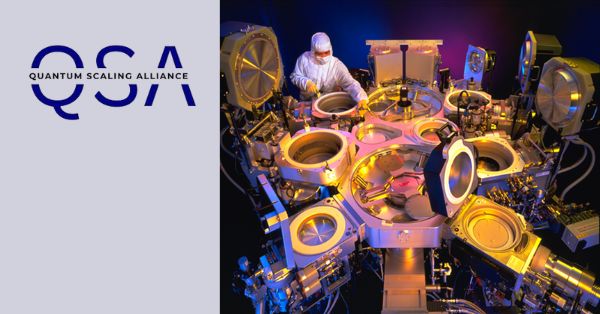MIDLAND, Texas–(BUSINESS WIRE)–AST SpaceMobile, Inc. (“AST SpaceMobile”) (NASDAQ: ASTS), the company building the first and only space-based cellular broadband network accessible directly by standard mobile phones, provides an operational update on the BlueWalker 3 (BW3), Block 1 BlueBird and next-generation BlueBird programs.
“On the back of the successful deployment of BW3’s communications array, we look forward to initiating testing with our mobile network operator partners starting early in the first quarter of 2023,” said @AbelAvellan, Chairman and CEO of AST SpaceMobile. The achievements to date for BlueWalker 3 validate the design roadmap for our BlueBirds, including deploying and flying the largest-ever commercial communications array in low Earth orbit, a key fundamental and patented technology to deliver space-based cellular broadband directly to unmodified phones,” said Abel Avellan, Chairman and CEO of AST SpaceMobile. “On the back of the successful deployment of BW3’s communications array, we look forward to initiating testing with our mobile network operator partners starting early in the first quarter of 2023.”
Update on BlueWalker 3 on-orbit activities, the largest-ever commercial communications array deployed in low Earth orbit
- Achievements with nominal operations on BW3 satellite over the last 3 months
- Built TT&C (Tracking, Telemetry & Control) network on Earth, with teams monitoring 24/7 BW3 orbit via earth stations in Maryland, Colorado and Australia
- Achieved nominal operations for guidance, navigation and control of BW3 over the last 3 months at an altitude of ~515km and sustained velocity of ~17,000 mph
- Upgraded onboard flight control software to incorporate BW3 on-orbit learnings and control the deployed communications array
- Deployed the 693 square foot communications array, from stowed configuration, in November 2022
- Powered the communications array in preparation for mobile network operator testing
- Tested patented doppler and delay hardware and software solutions on the ground with Rakuten Mobile and Nokia baseband technology
- Completed installation of ground network for end-to-end testing in Texas, Hawaii, and Japan
- Received test licenses via partner mobile network operators from relevant regulatory bodies in the United States, Japan, Colombia, Kenya, Nigeria, Philippines, and Indonesia in advance of mobile network operator testing
- Updated ground Space Operations Center (SOC) system and processes to support planned low Earth orbit operations
Transition to testing of direct-to-cell satellite capabilities beginning in Q1 2023, supporting mobile network operator partners to interconnect with BlueWalker 3 and prepare for future commercial service with BlueBird satellites
- Integrate with mobile network operator core networks, including AST SpaceMobile patented doppler and delay system, starting as early as January
- Conduct initial 4G LTE and 5G end-to-end connectivity starting from the communications array as early as January
- Report speed test data in coordination with mobile network operator partners
Update on BlueBird programs, targeting launch of first 5 commercial satellites in late 2023
- Confirmation of BW3 mechanical deployment system and system architecture expected to be used for first 5 Block 1 BlueBird satellites
- Confirmation of main BW3 subsystems expected to be used for first 5 Block 1 BlueBird satellites, including guidance, navigation and control system in use on BW3
- Assembly and production lines designed, and equipment ordered and partially installed, with significant flexibility to meet expected 2023 production needs in our 185,000 square foot Texas manufacturing facilities
- Expect to begin initial chip production during 2023 of custom AST 5000 ASIC for future generation, higher capacity BlueBird satellites
Planned testing of the BW3 test satellite with mobile network operators may be delayed, may not prove successful, or may not be completed at all due to various factors, including, but not limited to, equipment failure, or other technical issues.
About AST SpaceMobileAST SpaceMobile is building the first and only global cellular broadband network in space to operate directly with standard, unmodified mobile devices based on our extensive IP and patent portfolio. Our engineers and space scientists are on a mission to eliminate the connectivity gaps faced by today’s five billion mobile subscribers and finally bring broadband to the billions who remain unconnected. For more information, follow AST SpaceMobile on YouTube, Twitter, LinkedIn and Facebook. Watch this video for an overview of the SpaceMobile mission.
Source: AST SpaceMobile Read More






































